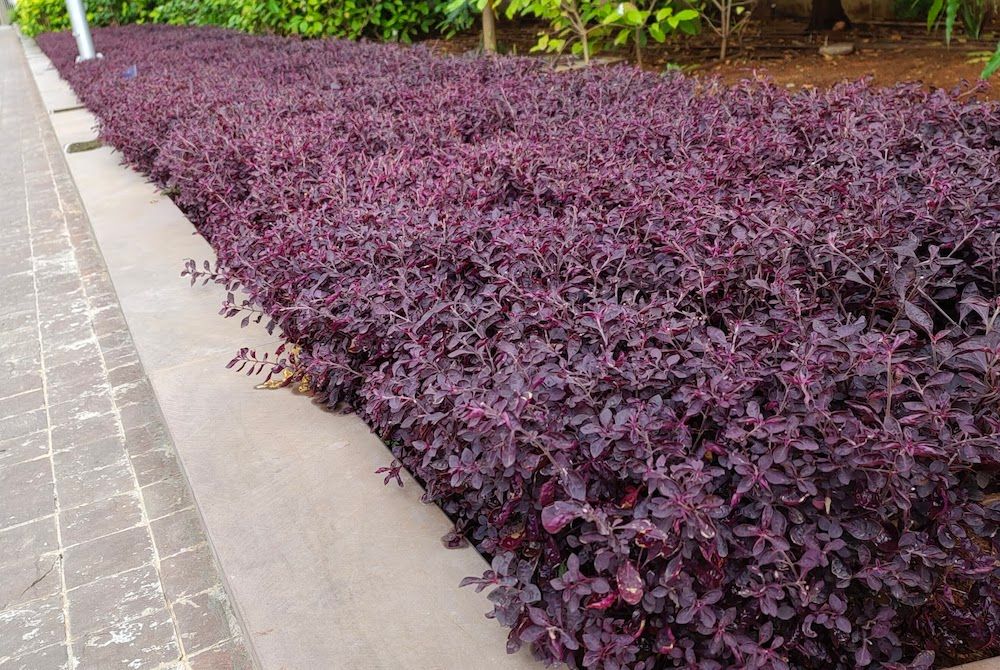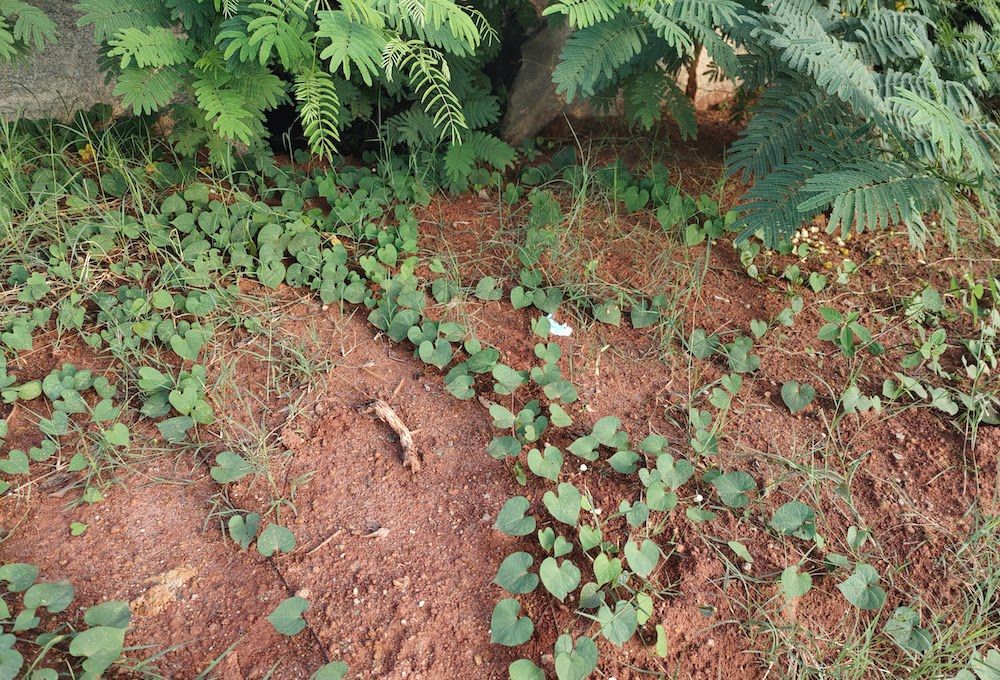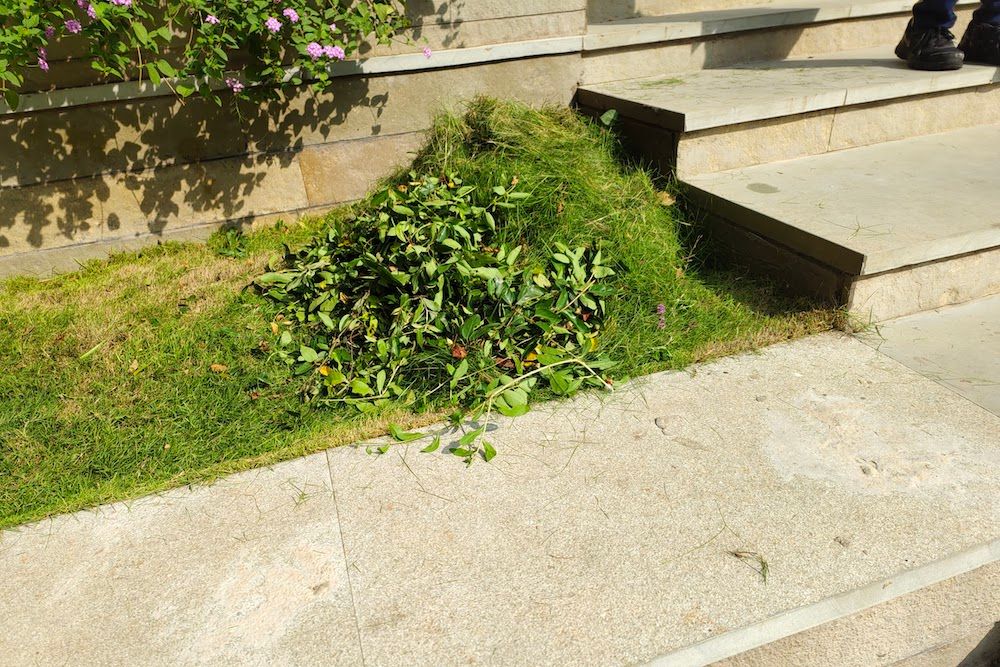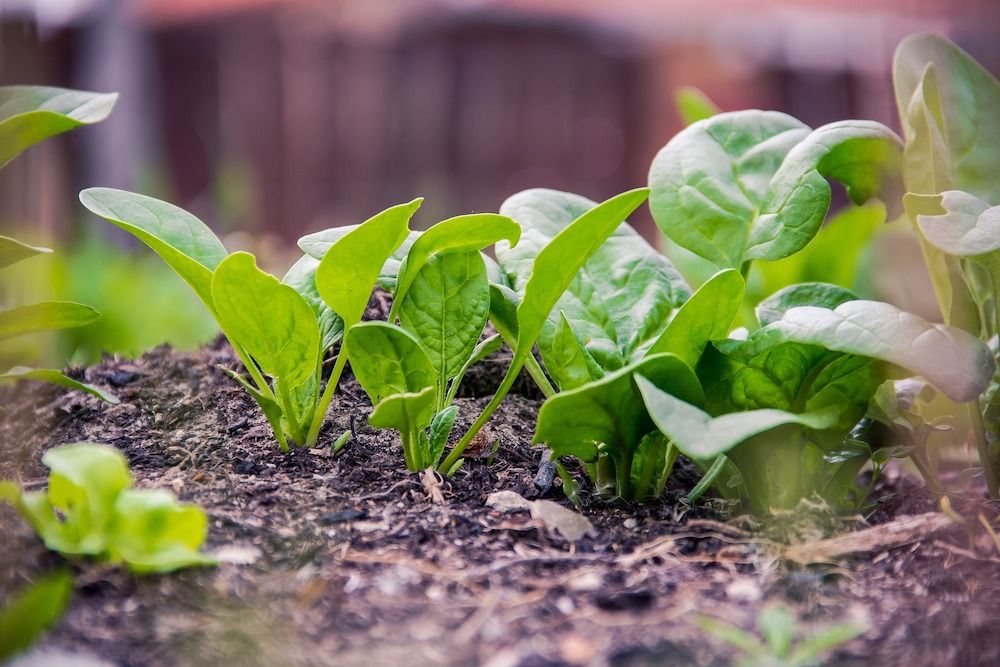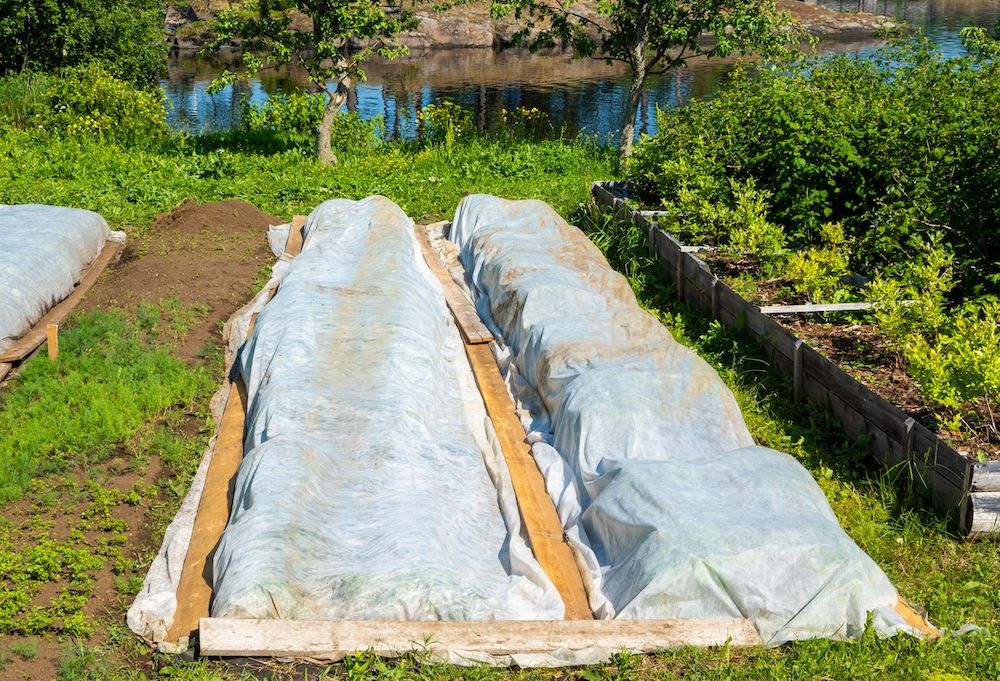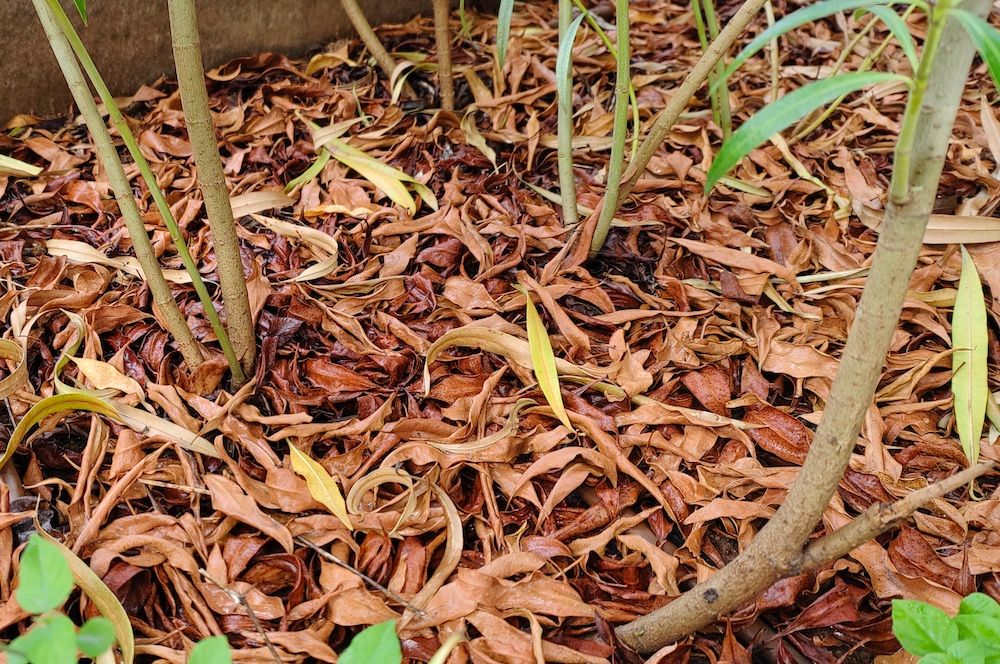With winter around the corner, you're probably planning to stash away your garden tools, kick back, and stay indoors until the temperatures warm up. While there's nothing wrong with staying inside, remember your soil also needs protection in winter.
Since winter is the most humid time of the year, some soils can suffer erosion and compaction, significantly affecting their health, structure, and fertility. Healthy soil leads to healthy plants, so spend some time in winter protecting and rejuvenating your soil to stay on top of your gardening game. Below you'll learn how to rejuvenate your exhausted soil, depending on its type, and protect it from winter's cold and high humidity levels.
7 Easy Ways To Protect Soil This Winter
Studies show that winter temperatures decrease the soil's microbial activity, deplete nutrients, and intensify salinity. That's why you need to protect your soil during winter to prevent it from becoming inhospitable for your plants. Here's what you can do to protect your soil:
1. Plant Cover Crops
Image credit: Lakeisha Ethans for Backyard Boss
You can grow many winter cover crops to protect your soil and prepare your garden for the colder month. Cover crops will help:
- Prevent soil erosion,
- Protect the soil from compaction,
- Improve soil drainage and aeration,
- Prevent nutrient depletion,
- Add organic matter to your soil to enhance the soil's health, fertility, and structure,
- Suppress and smother weed seeds.
The type of cover crops you need to grow will depend on your soil type. For example, if your soil is heavy and easy to compact, plant cover crops with deep roots, such as winter grass, ryegrass, and sweet clover, so that they can break up the soil and improve its structure.
If you deal with nutrient-deficient soil, try planting clover, vetch, winter field peas, or common beans. All of them will add a good amount of nitrogen to the soil.
If you want to fight weeds, plant Lacy phacelia (Phacelia Tanacetifolia), which has become a promising agricultural crop due to its fast growth. Lacy phacelia normalizes the soil, suppresses weeds, repels leafminers and fruit flies, and attracts beneficial insects to your garden. If you don't have access to Lacy phacelia, plant buckwheat to help suppress weeds and enrich the soil.
2. Let the Winter Weeds Grow
Image credit: Lakeisha Ethans for Backyard Boss
Surprisingly some winter weeds, such as thistle and dock, can benefit your soil. They have long taproots that help prevent soil erosion and improve aeration and drainage. Winter weeds are beneficial to soils that are prone to compaction.
Unfortunately, weeds can quickly grow out of control, so if you don't keep an eye out, you'll spend a lot of time pulling them out when temperatures warm up. One of the most common mistakes gardeners make is accidentally leaving a piece of weed root behind.
A tiny piece is all that's required for the weed to grow back fast! Use the right tools for the job and ensure you pull the entire root out to avoid a weed explosion in your garden. Use a spade to loosen the soil around your overgrown weed before pulling them out.
Don't add weeds like thistle, wild onion, and nightshade to your compost pile. It is because they can quickly grow back in your garden. Instead, add safe weeds like buckwheat or billy goat weed to your compost pile and use vetch as green manure by tilling it into the soil before they flower and when its stems are soft.
3. Get Rid of Old Debris
Image credit: Lakeisha Ethans for Backyard Boss
After harvesting your fall vegetables, clean up all the garden debris by either tilling them into your soil, adding them to your compost pile, or discarding them. While some garden debris can break down and add nutrients to your soil, dead edible plants can attract pests, rodents, and other small mammals to your garden.
4. Plant Cold-Weather Crops
Image credits: ha11ok via Pixabay
Apart from cover crops, another way to protect your soil in winter is by planting cool-weather crops. They help fight soil erosion and compaction, improve drainage, and add to the soil's organic content.
Lastly, cool weather crops mean you'll have delicious veggies to eat during the colder months! Some of the most popular cool-weather crops include:
|
Beets |
Turnips |
Broccoli |
Cauliflower |
|
Potatoes |
Arugula |
Spinach |
Kale |
|
Radishes |
Brussel Sprouts |
Collards |
Onions |
|
Rutabaga |
Kohlrabi |
Peas |
Carrots |
5. Test Your Soil and use Amendments Accordingly
Image credits: Shawn Hempel via Shutterstock
You can even add amendments to your soil to improve its health and fertility in the winter, but before you add them, you must test your soil to understand what nutrients it's missing that you can replenish. You can use household items for DIY tests, invest in a good garden soil tester, use a soil test kit, or get professional help.
If you use professional help, it can take one to two weeks to receive your soil test results. Once you have your results, you'll know precisely what amendment your soil needs for improved health, structure, and fertility. Here are some organic and inorganic soil amendments you can use for your soil after testing it:
|
Organic Soil Amendments |
|
|
Sphagnum peat |
Improves water retention and fights soil compaction. Lowers soil pH, making it more acidic. Unfortunately, it cannot be used to provide a lot of nutrients. |
|
Organic Mulch |
While mulch adds organic matter to the soil, you can also use it as a fertilizer. |
|
Ramial Chipped Wood |
Improves soil structure and provides plenty of nutrients. |
|
Compost |
Also known as black gold, it provides the soil with nutrients and beneficial microorganisms, balances the pH, and improves the soil structure. |
|
Inorganic Soil Amendments |
|
|
Vermiculite |
Improves aeration and poor drainage. |
|
Perlite |
It works best alongside compost and improves aeration and water drainage. |
|
Coarse Sand |
Improves aeration and water drainage. |
|
Lime |
It makes the soil less acidic in a short amount of time. Its effect takes place as soon as you water it in. |
6. Cover Your Garden Beds
Image credits: Andrey Klyukshin via Shutterstock
It is essential to cover your garden beds during the winter to prevent them from excessive moisture from humidity, compaction, erosion, and nutrient, and mineral washup.
If nothing is growing on the beds, spread compost and lay heavy old blankets, carpets, black tarps, or layers of cardboard to prevent winter damage to your soil. If you have something growing, you can learn to make your garden hoops to protect your plants and soil from cold winters.
In the spring, remove the covers and leave your garden bed exposed for a few days. Before planting your crops, test your soil to amend it accordingly.
7. Mulch
Image credit: Lakeisha Ethans for Backyard Boss
If it's too late to plant cool-weather crops, and you don't want winter weeds to take over your garden temporarily, adding winter mulch is another way to protect your soil in winter.
Mulch recycles nutrients and helpful microbes into the soil and keeps it warm. You can use fallen leaves, wood chips, straw, and bark as natural mulch for your garden.
Fruit for Thought
While it seems like the soil can do just fine during the winter, this couldn’t be further from the truth. After a long growing season, your exhausted soil needs extra nutrients, amendments, and protection during winter.
Hopefully, this article has given you some ideas on how to protect and help your soil throughout this winter. Leave your experiences, thoughts, and questions in the comment section, and as always, please share!
Happy Gardening!


